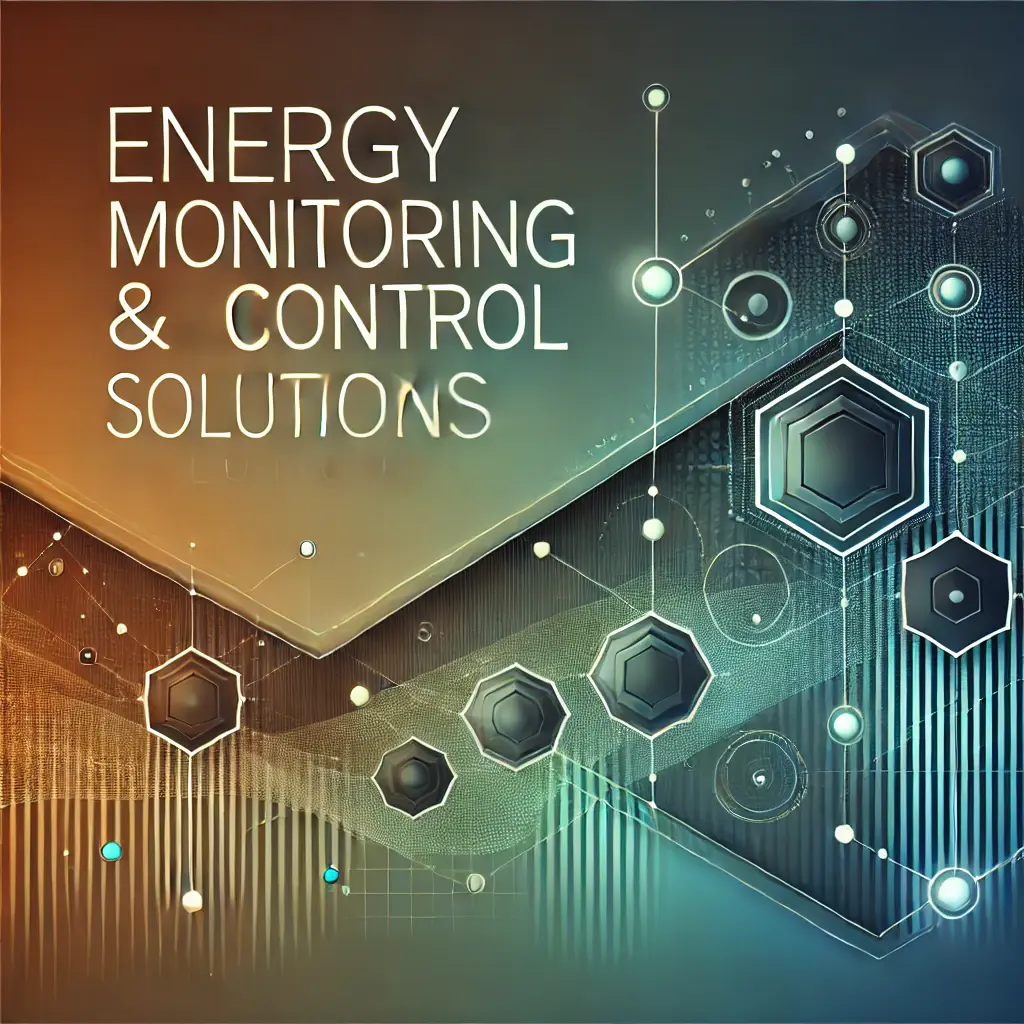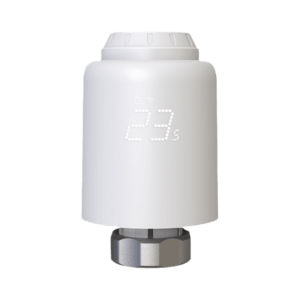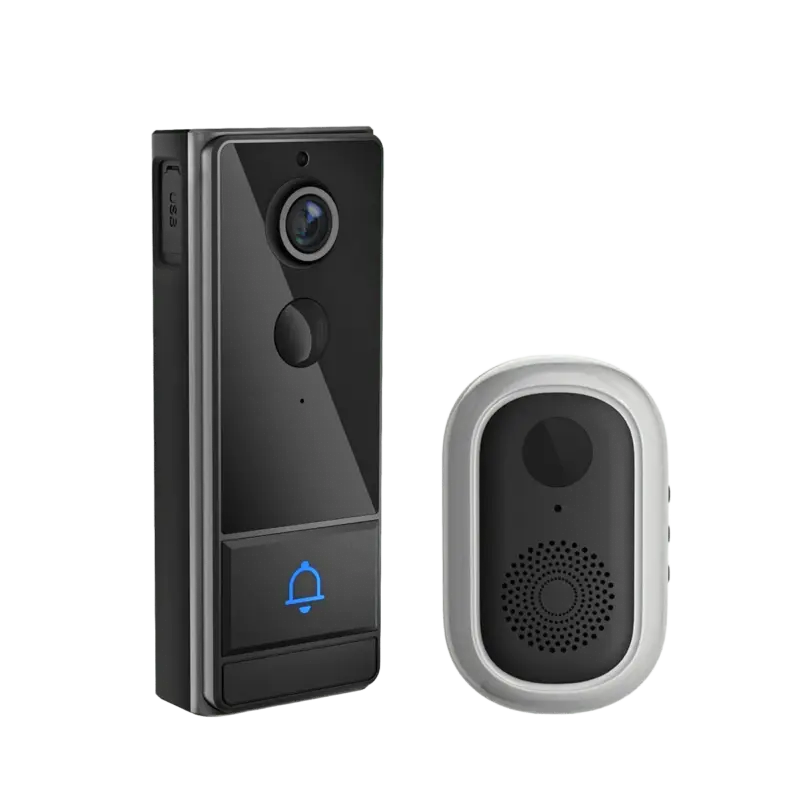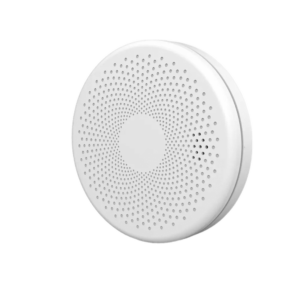In today's competitive business landscape, energy costs have emerged as a significant factor influencing profitability. Energy Monitoring and Control Solutions (EMCS) have become essential tools for organizations seeking to optimize energy usage, reduce expenses, and achieve sustainability goals. This comprehensive guide will explore the various aspects of EMCS, providing insights into their benefits, components, implementation process, and best practices.
Energy Monitoring and Control Solutions
Definition:
Energy Monitoring and Control Solutions (EMCS) are integrated systems that monitor, analyze, and control energy consumption within buildings, facilities, and campuses. They gather data from energy meters, sensors, and other devices, providing real-time insights into consumption patterns, equipment performance, and energy efficiency opportunities.
Components:
EMCS comprise a range of components, including:
- Sensors and Meters: Collect data on energy consumption from various sources, such as electricity, gas, water, and HVAC systems.
- Data Acquisition System: Aggregates and stores data from sensors and meters, providing a central repository for analysis.
- Analysis Software: Analyzes energy data to identify trends, inefficiencies, and potential savings opportunities.
- Control System: Adjusts equipment settings and operations based on energy consumption patterns and optimization algorithms.
- Human Interface: Provides a user-friendly interface for monitoring energy consumption, analyzing data, and setting control strategies.
Benefits of Energy Monitoring and Control Solutions
- Reduced Energy Consumption: EMCS provide real-time visibility into energy usage, enabling organizations to identify inefficient consumption patterns and take corrective actions.
- Cost Savings: Optimizing energy consumption directly translates into reduced energy bills, freeing up capital for other business priorities.
- Improved Sustainability: EMCS promote responsible energy usage, reducing greenhouse gas emissions and aligning with sustainability goals.
- Enhanced Comfort and Productivity: EMCS can adjust environmental conditions based on occupancy and usage patterns, creating a more comfortable and productive workspace.
- Increased Equipment Life: By monitoring equipment performance, EMCS can identify potential issues early on, preventing costly repairs and downtime.
Implementation Process
Implementing an EMCS requires a structured process:
- Assessment and Planning: Conduct an energy audit to establish a baseline and identify specific areas for improvement.
- Design and Installation: Select an appropriate EMCS, design the system, and install the necessary components.
- Configuration and Calibration: Configure the system, calibrate sensors, and establish control algorithms.
- Monitoring and Control: Regularly monitor energy consumption, analyze data, and adjust control strategies as needed.
Best Practices for Energy Monitoring and Control
- Integrate with Other Systems: Connect EMCS with building management systems (BMS) and other systems to optimize energy management across multiple domains.
- Use Analytics to Drive Insights: Leverage data analytics to identify trends, patterns, and opportunities for further optimization.
- Engage Stakeholders: Involve building occupants and facility managers in the EMCS implementation to ensure adoption and buy-in.
- Continuously Improve: Regularly review energy consumption data, update control algorithms, and explore new technologies to enhance energy efficiency.
FAQs
- What is the ROI of an EMCS? The ROI varies depending on the specific facility and energy consumption patterns, but studies typically show significant savings in energy costs over time.
- How does an EMCS improve sustainability? By providing real-time visibility into energy consumption, EMCS empower organizations to identify and reduce inefficiencies, leading to lower energy consumption and reduced emissions.
- Can EMCS be integrated with other systems? Yes, EMCS can be integrated with BMS, HVAC systems, and other building automation systems to provide a comprehensive energy management solution.
- Who should be involved in an EMCS implementation? Building owners, facility managers, energy managers, and building occupants should all be involved to ensure a successful implementation and ongoing operation.
- How does an EMCS differ from a BMS? BMS primarily focus on controlling building systems (e.g., HVAC, lighting), while EMCS specifically monitor and control energy consumption.
- What are the latest trends in EMCS? Advancements include cloud-based solutions, artificial intelligence, and predictive analytics to enhance energy efficiency and optimization.
Energy Monitoring and Control Solutions are indispensable tools for businesses seeking to optimize energy consumption, reduce costs, and promote sustainability. By implementing an effective EMCS, organizations can gain deep insights into energy usage, identify inefficiencies, and take proactive steps to improve energy management strategies. By embracing these solutions, businesses can unlock significant savings, enhance productivity, and contribute to a more sustainable future.




